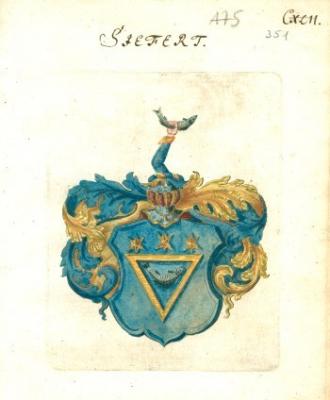Siefert (ród)
- warning: Parameter 1 to theme_field() expected to be a reference, value given in /home/elaiter/public_html/wortal_historyczny/includes/theme.inc on line 170.
- warning: Parameter 1 to theme_field() expected to be a reference, value given in /home/elaiter/public_html/wortal_historyczny/includes/theme.inc on line 170.
- warning: Parameter 1 to theme_field() expected to be a reference, value given in /home/elaiter/public_html/wortal_historyczny/includes/theme.inc on line 170.
- warning: Parameter 1 to theme_field() expected to be a reference, value given in /home/elaiter/public_html/wortal_historyczny/includes/theme.inc on line 170.
- warning: Parameter 1 to theme_field() expected to be a reference, value given in /home/elaiter/public_html/wortal_historyczny/includes/theme.inc on line 170.
- warning: Parameter 1 to theme_field() expected to be a reference, value given in /home/elaiter/public_html/wortal_historyczny/includes/theme.inc on line 170.
- warning: Parameter 1 to theme_field() expected to be a reference, value given in /home/elaiter/public_html/wortal_historyczny/includes/theme.inc on line 170.
- warning: Parameter 1 to theme_field() expected to be a reference, value given in /home/elaiter/public_html/wortal_historyczny/includes/theme.inc on line 170.
- warning: Parameter 1 to theme_field() expected to be a reference, value given in /home/elaiter/public_html/wortal_historyczny/includes/theme.inc on line 170.
- : Function ereg() is deprecated in /home/elaiter/public_html/wortal_historyczny/modules/paging/paging.module on line 106.
Autor: Andrzej Groth | Kategoria: Herby patrycjatu elbląskiego | Data utworzenia: 14.02.2013
 Ta kupiecka, wielce zasłużona dla miasta rodzina pojawiła się w XVI wieku. Jako pierwszy z tego rodu zasiadał w radzie miejskiej Niclaus Seifert (1455-1463). Odtąd nieprzerwanie – aż do zajęcia Elbląga przez Prusy w 1772 r. jego przedstawiciele pełnili ważne funkcje miejskie. W XV stuleciu w rodzinie tej odnotowano dwóch rajców, w XVI – jednego członka II Ordynku, rajcę i burmistrza, w XVII – czterech członków II Ordynku, czterech rajców i jednego burmistrza, w XVIII wieku – dwóch burmistrzów.
|
